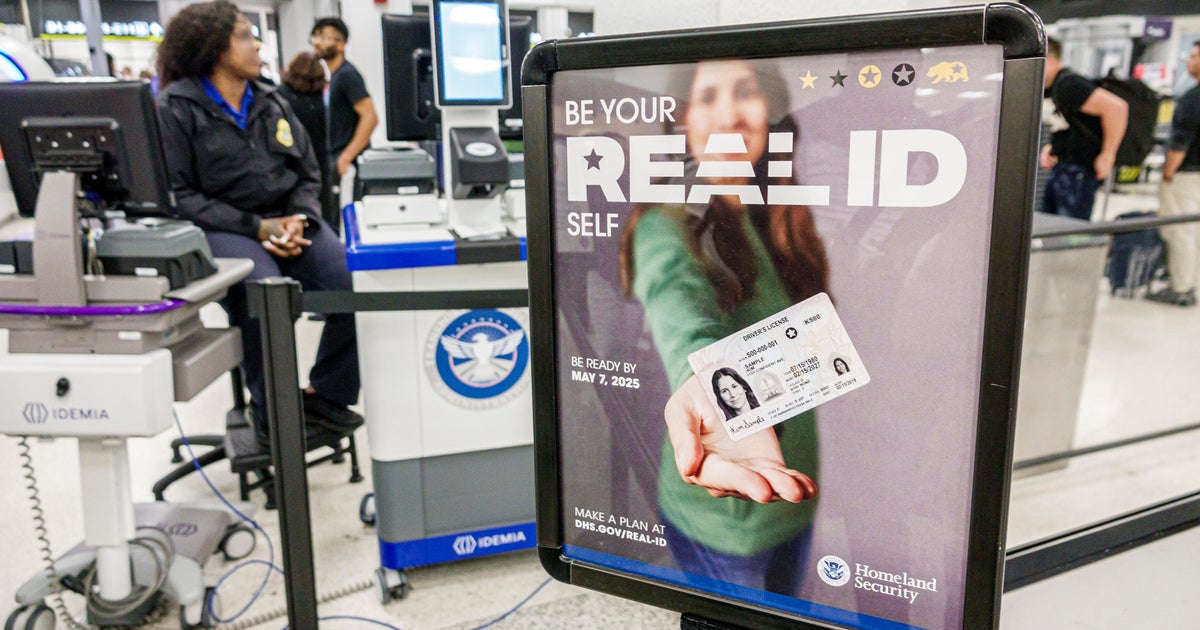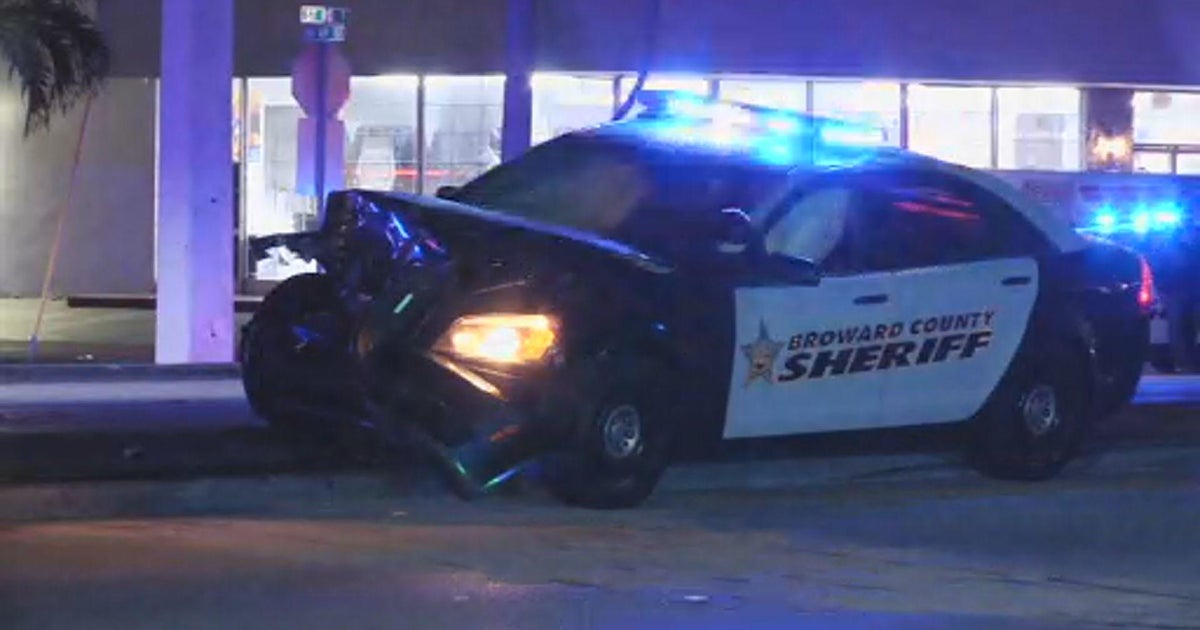Ground Broken On Runway Project At Ft. Lauderdale's Airport
FT. LAUDERDALE (CBSMiami) – Using an earth mover to scoop out the first ceremonial load of dirt, federal, state and local officials broke ground Monday on Ft. Lauderdale-Hollywood International Airports South Runway expansion.
U.S. Transportation Secretary Ray LaHood was joined by Acting Federal Aviation Administrator Michael Huerta to herald in the $791 million expansion of which $250 is coming from a grant from the Federal Aviation Administration.
One of Florida's largest transportation projects, Broward's Director of Aviation Kent George said when completed the runway will help reduce flight delays at one of the nation's fastest-growing airports. The project will extend, shift and lengthen Runway 9R/27L from 5,276 feet to 8,000 feet, giving the airport two parallel runways that can accommodate air carrier flights. Parallel runways can increase airport capacity dramatically, and this expansion will increase the airport's capacity from 84 flights per hour to 107.
Nearly 20 years in the making, the runway expansion will be about six stories over and travel over U.S. and the FEC railroad tracks to the east of the airport. Drivers will pass under it and planes will take off and land of its sloped surface.
LaHood said the project will bring thousands of new temporary jobs to Broward.
"That's a lot of jobs and these are good paying jobs," said LaHood. "Jobs that pay good hourly wages. For someone who has been out of work for a year or two this is the opportunity of a life.
Terry Stiles, CEO of the Stiles Corp. , said it couldn't come at a better time
"Fortunately I think we've hit the bottom in the recession," said Stiles, "A project of this magnitude will give us an uplift and put eleven thousand people to work, it's huge for our community."
In the last few months, the county reached a settlement with nearby Dania Beach residents who complained about the noise and loss of property value. The settlement included the soundproofing of homes and money to make up for the projected loss of value. It still has to be approved by the FAA.



